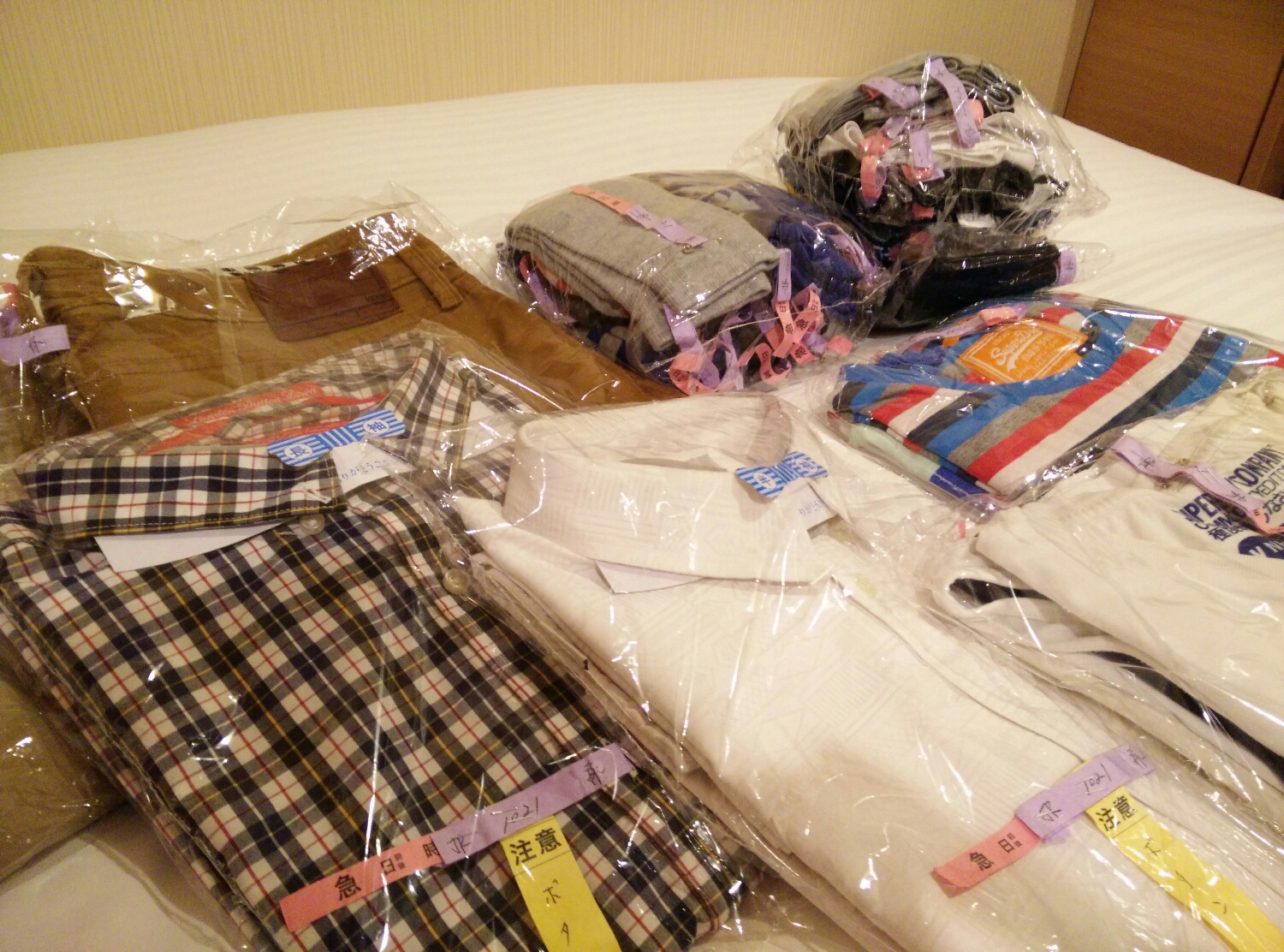Himeji is 90 km/30 min from Osaka and Naoshima 113 km/1 h 20 min from Himeji. The Osaka-Himeji distance is straight forward. You take a train from Osaka's central train station directly to Himeji, but the trip to Nashima is a bit trickier...well not tricky, but you need to switch trains three times.
But don't worry you can use the Hyperdia app, which contains all train timetables in Japan and you can plan your trip really easily. People at the railway stations are also very helpful, so you should find the trains without problems.
So, the trip from Himeji to Naoshima can look like this:
- Himeji station, Shinkansen Sakura train - 21 min
- Okayama station, JR Seto-Ohashi Line - 22 min
- Chayamachi station, JR Uno Line to Uno end stop - 24 min
- Walk 100 meter to the Naoshima ferry and hop on - 20 min
As you can see, transitions happen in 20 min intervalls.
The last two trains were almost full packed with children returning from schools to their homes. Everybody were pretty involved in playing games on their phones. The landscape is rural with more space than before Okayama. You can see mountains, fields and "small" villages with old, traditional houses made from wood. Some of the houses have beautiful gardens, just like the ones you see in magazines.



























































